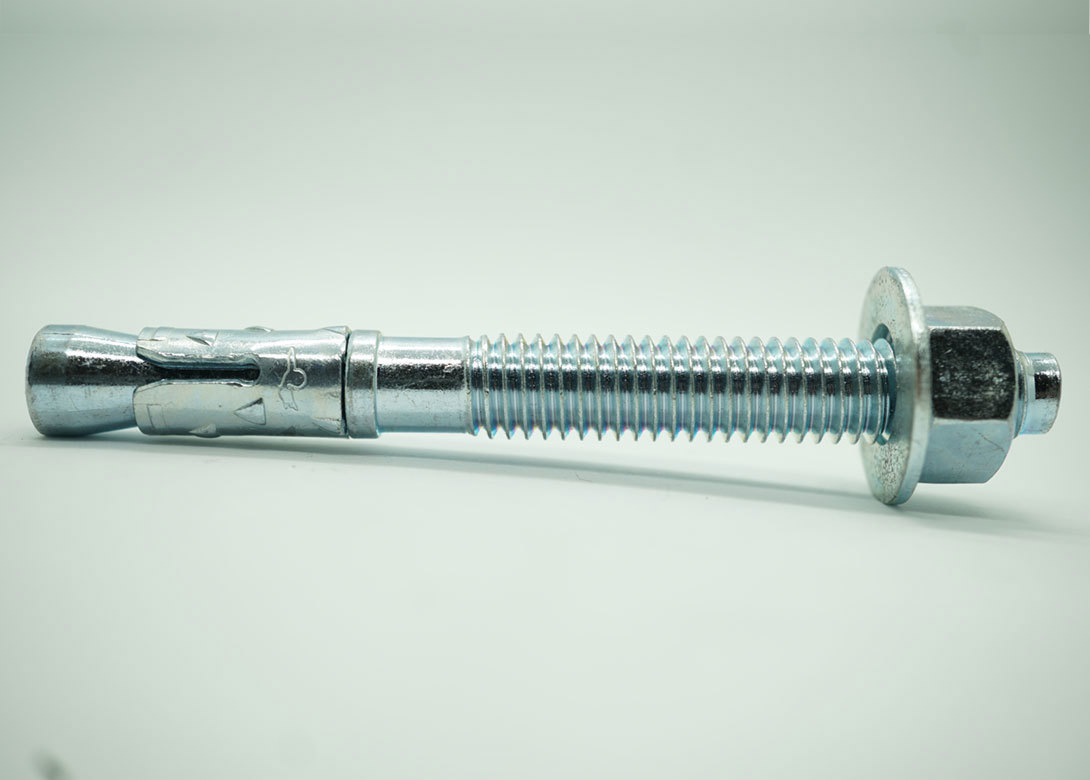
Damaging the threads on a concrete anchor during installation is a common cause of escalating costs and diminishing longevity of applications. As a result, care must be taken not to damage the threads during installation. In this article, Concrete Fastening Systems Inc (Confast) explains the best practices in protecting the concrete anchor threads.
All threads on wedge anchors are national coarse threads for each diameter. Once a wedge anchor is installed, its threaded end will jut above the surface of the concrete. Protecting this protruded area of the wedge anchor is crucial, and if an installation tool damages the threads then the nut can no longer be put on or removed.
When installing a wedge anchor, the nut must be threaded on the threaded end of the wedge anchor so that the top of the nut is even with the top of the wedge anchor body. By taking the time to thread the nut on correctly, the threads will be protected during installation and will allow the nut to be removed and threaded back on.
Many wedge anchors are manufactured with a bullnose that extends above the threads to provide a surface for the hammer to strike without damaging the threads. Although the bullnose feature works, it is advised to thread the nut onto the wedge anchor as a precaution to ensure that the threads are not damaged by the hammer strike. Larger diameters of wedge anchor require use of heavier hammers, meaning extra caution will be needed during installation to avoid damage via the hammer strike.
Also often used, strike anchors are designed for solid concrete base materials and are best suited for medium to heavy-duty fastening applications. Installation requires drilling a hole using a hammer drill and properly sized carbide tipped bit, with a hole size that is equal to anchor size and is of a sufficient depth. The anchor is set with no need to torque the nut. When installing a strike anchor, a user must install the end nut before using the installation tool. To protect the end a user must drive the strike anchor into the concrete with the nut already on the end.
Also available, drop-in anchors should only be used in solid concrete. The common uses for this anchor are applications that require a flush mounted anchor, and applications when a bolt must be inserted and removed. A user must drop the anchor in the hole with the threaded open end up towards the surface, then insert a proper setting tool and hit with a hammer until the drop-in anchor is fully set. The minimum embedment for each drop-in anchor diameter equals the length of the anchor.






